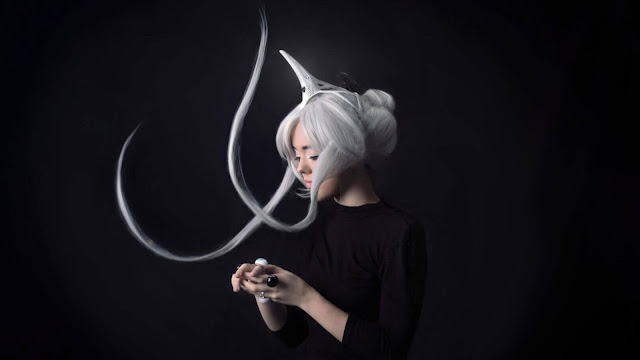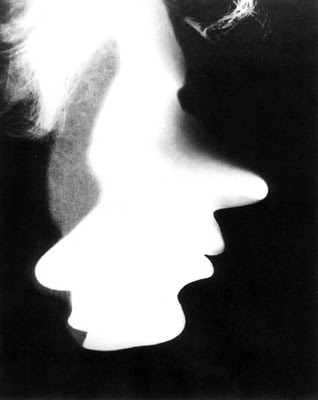WEEK 2 | MATH + ART
This week's lecture and readings give me an impression that math is the skeleton of many art works and art works could expand infinitely by shifting and vibrating around this mathematical core. Math has greatly shaped and influenced drawings, music, Fractals etc.
The golden ratio mentioned in the lecture is a directing concept in drawings and architectures. It is primarily a math formula but utilized to structure an art work at the first place. Leonardo Da Vinci's theory connects back to my experience of visiting Tibet's tang-ka paintings. I got a chance to see the design draft of a tang-ka artist, which was surprisingly similar to that of Leonardo Da Vinci's drawings, but the similarity they share is "golden ratio." Buddhas in tang-ka paintings normally take various gestures but the aesthetics never internally deviates from the golden ratio concept, such that this art genre is diverse in form and uniform in nature.
 |
| Tang-ka draft with golden ratio |
From the readings of Music and Computers, it is interesting to see how bits in computer science connect to beats in music. They use bits to measure music and are able to plot music in such a digitalized way. It is a vivid example of how art and science are actively connected and embody each other.
Both the lecture and reading mentioned fractals, which is a complex form of art generated from simple mathematical images. I use Wolfram Math World a lot to plot graphs but never notice that they have this art and science section which displays amazing plots from quadratic recurrence equations. Even slight modifications of the equations could generate totally different representations, which is the charm of art and science.
 |
| Quadratic Recurrence Equations plots |
The set of art works I like the most would be Robert J. Lang's Origami. Each art piece is based on a set of different folding points. The algorithm was actually calculated by using a C++ program to generate efficient foldings. Based on my previous computer science classes, this is very likely an optimal-route problem. It impresses me the most since I have never imaged that a computational model would produce such fascinating art works.
Sources:
Origami : http://www.langorigami.com/artwork/a3-rose-opus-718
Wolfram World: http://mathworld.wolfram.com/MandelbrotSet.html
Math + Music: http://cmc.music.columbia.edu/MusicAndComputers/ ( chapter. 2.5)
M.C.Escher: http://platonicrealms.com/minitexts/Mathematical-Art-Of-M-C-Escher/
Lines in Space: http://www.csurivision.com/index.php/2009/02/lines-in-space-1996/#more-444




Really nice blog! The golden ratio has been used so often, yet before these articles i had no idea it even existed, it really helps make up a lot of art and design. Also, without trigonometry, origami would be nearly impossible. You need precisely the right folds in the right places to create the design you want.
ReplyDelete